

The concept of measuring a singular "global temperature" is inherently complex due to the natural vast temperature variations across different geographical locations. To derive an accurate average global temperature, extensive data from a multitude of locations is required.
The concept of measuring a singular "global temperature" is inherently complex due to the natural vast temperature variations across different geographical locations. To derive an accurate average global temperature, extensive data from a multitude of locations is required. This raises questions about the methodologies used by organizations such as NASA when attempting to construct historical temperature data sets.
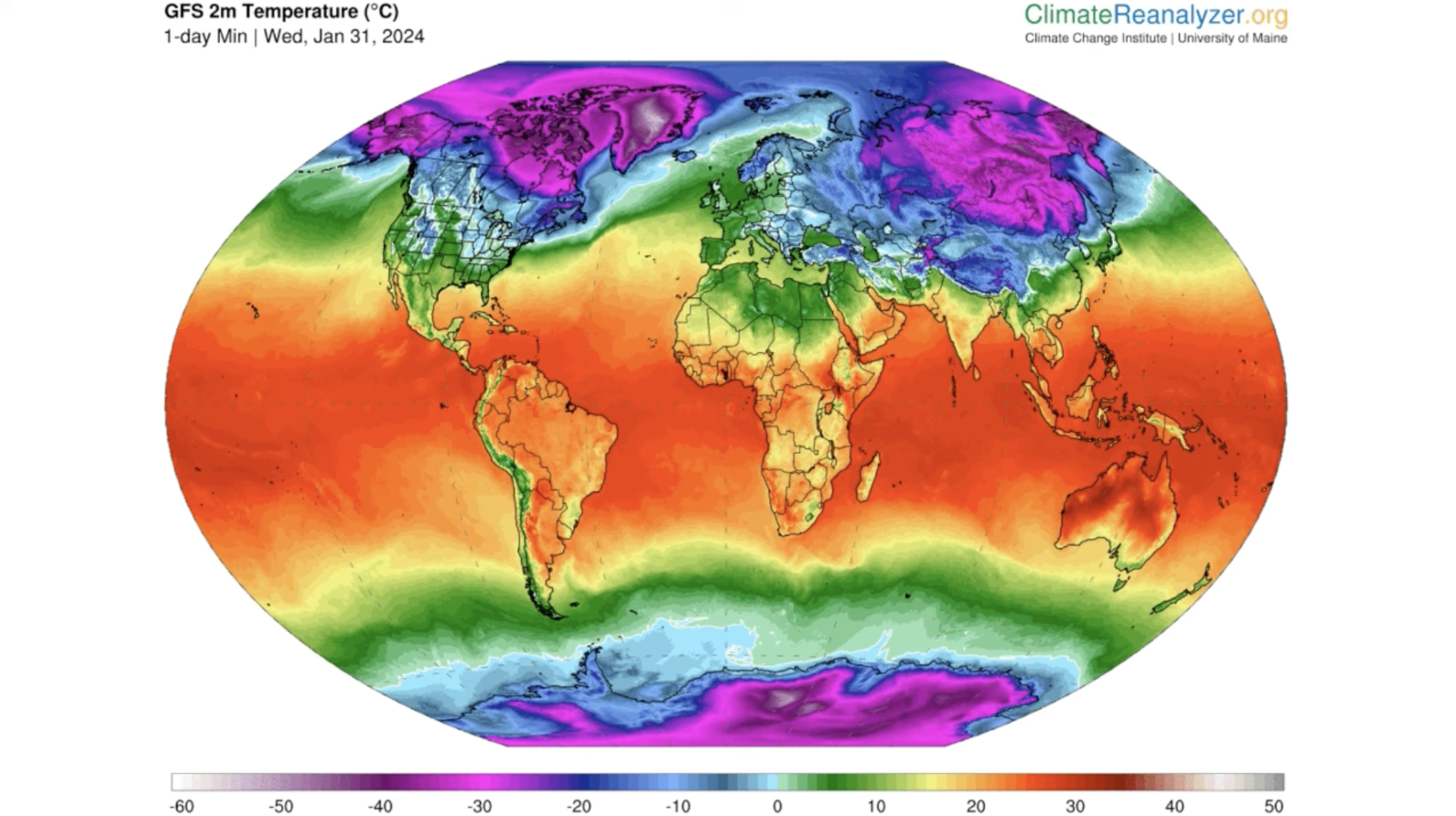
In 1884, NASA generated a detailed temperature map indicating a general global cooling with a specific hotspot in West Africa. This analysis was primarily based on the data from a single thermometer in Freetown, Sierra Leone. The data from this thermometer began in approximately 1850, but there were significant gaps, including a lack of data from August to December in 1884. Despite these gaps, the area was denoted as a hotspot in NASA's map.
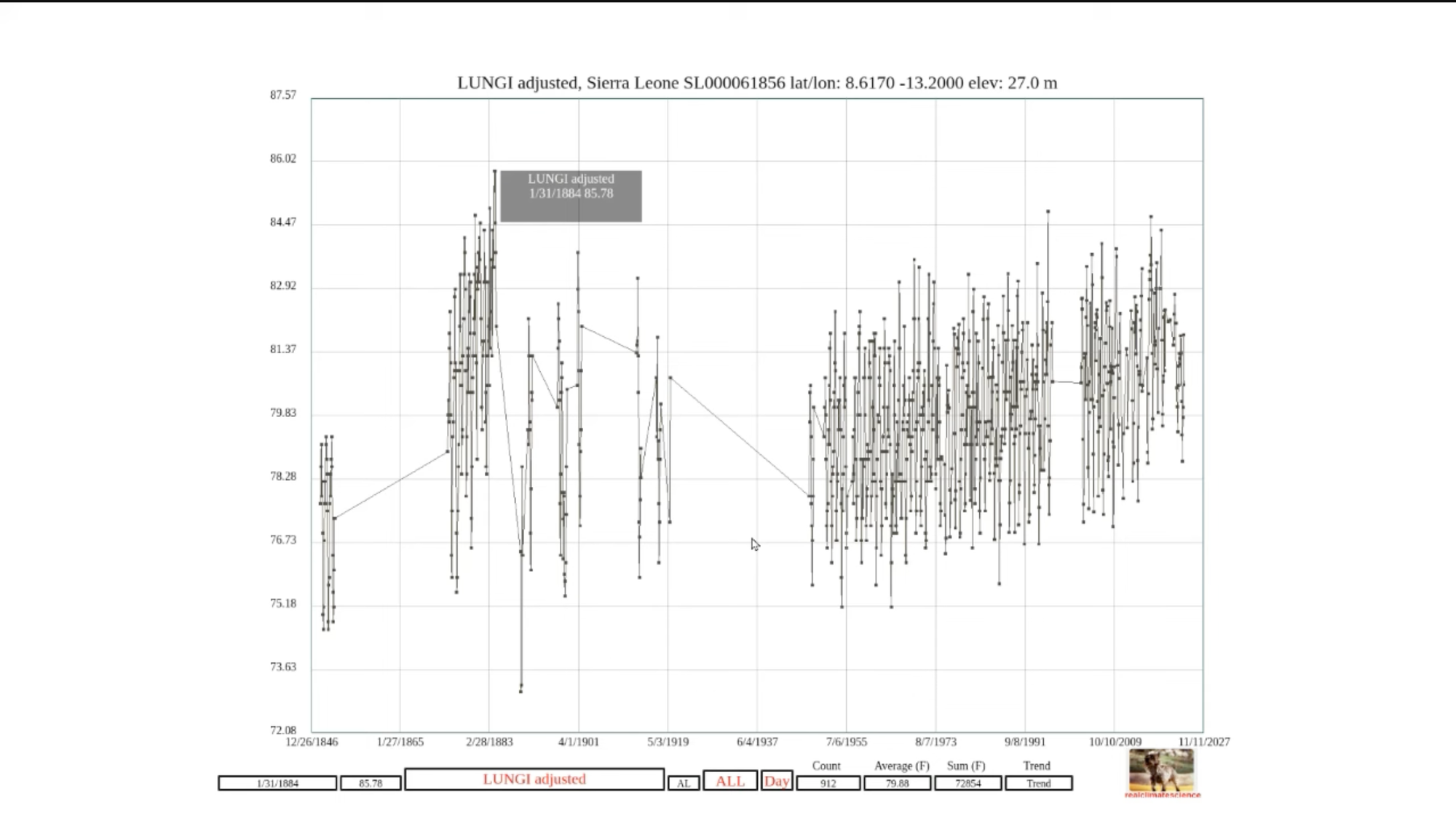
The issue extends beyond Africa. In 1884, there was minimal to no data available for vast regions such as South America, Asia, most of Australia, the Arctic, large portions of Canada, Russia, Greenland, and all of Antarctica. The lack of data from these regions casts doubt on the accuracy of the global temperature map for that year and, by extension, any conclusions drawn from it.
A 1978 New York Times article highlighted the lack of data, specifically from the southern hemisphere, making it difficult to draw reliable conclusions about global temperature trends. Similarly, the Climatic Research Unit in England's map for July 1884 exhibited significant regions with missing data, further compounding the challenge of constructing an accurate global temperature map.
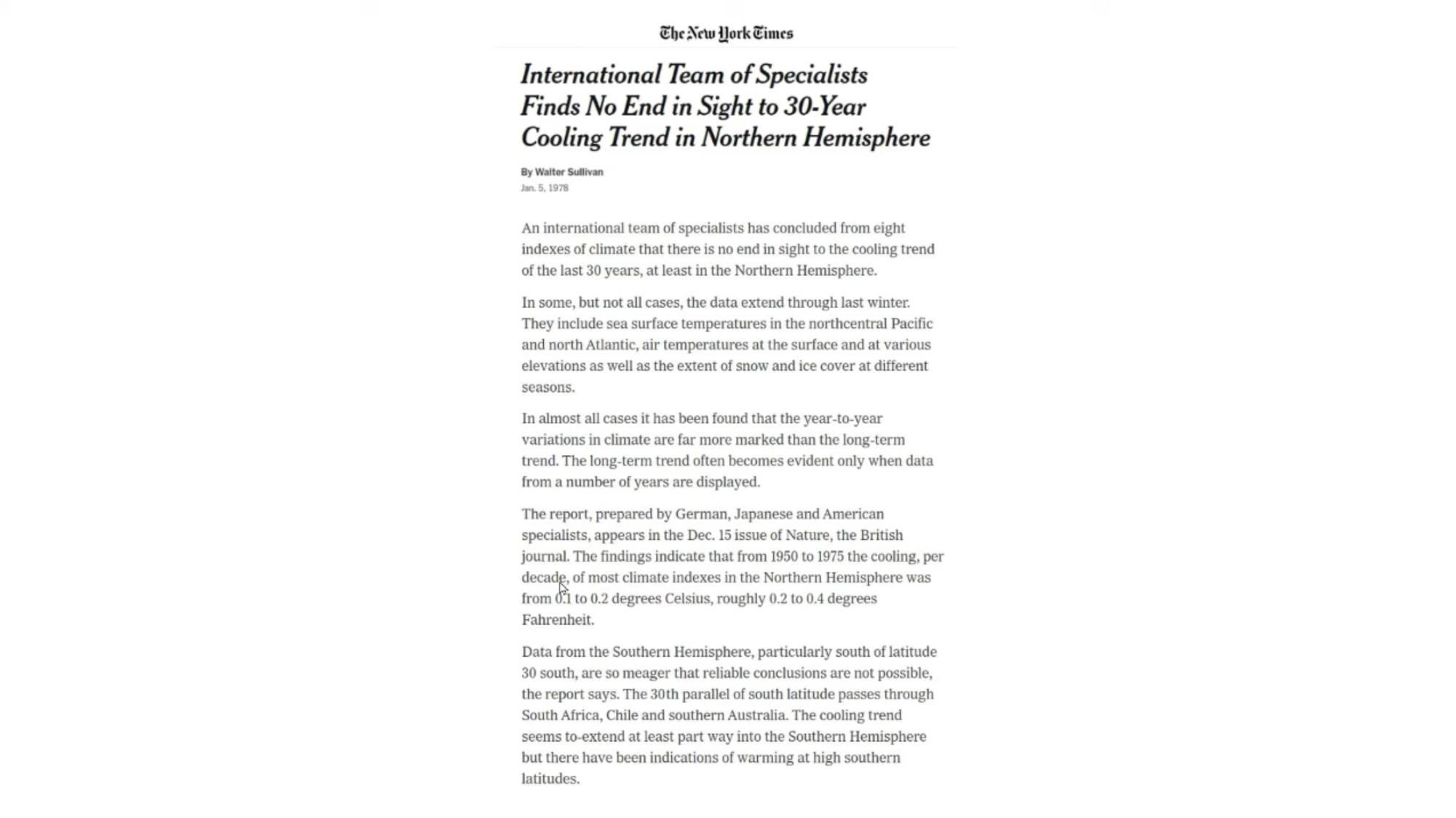
Five different research groups have calculated the global temperature for 1884 within a narrow range, despite the acknowledged scarcity of data. Given the extensive gaps in data coverage, one would expect a wider variance in the calculated temperatures if these groups were acting independently. The close alignment of their results despite the acknowledged data limitations suggests the possibility of collaboration or collusion, raising concerns about the objectivity of the temperature records.
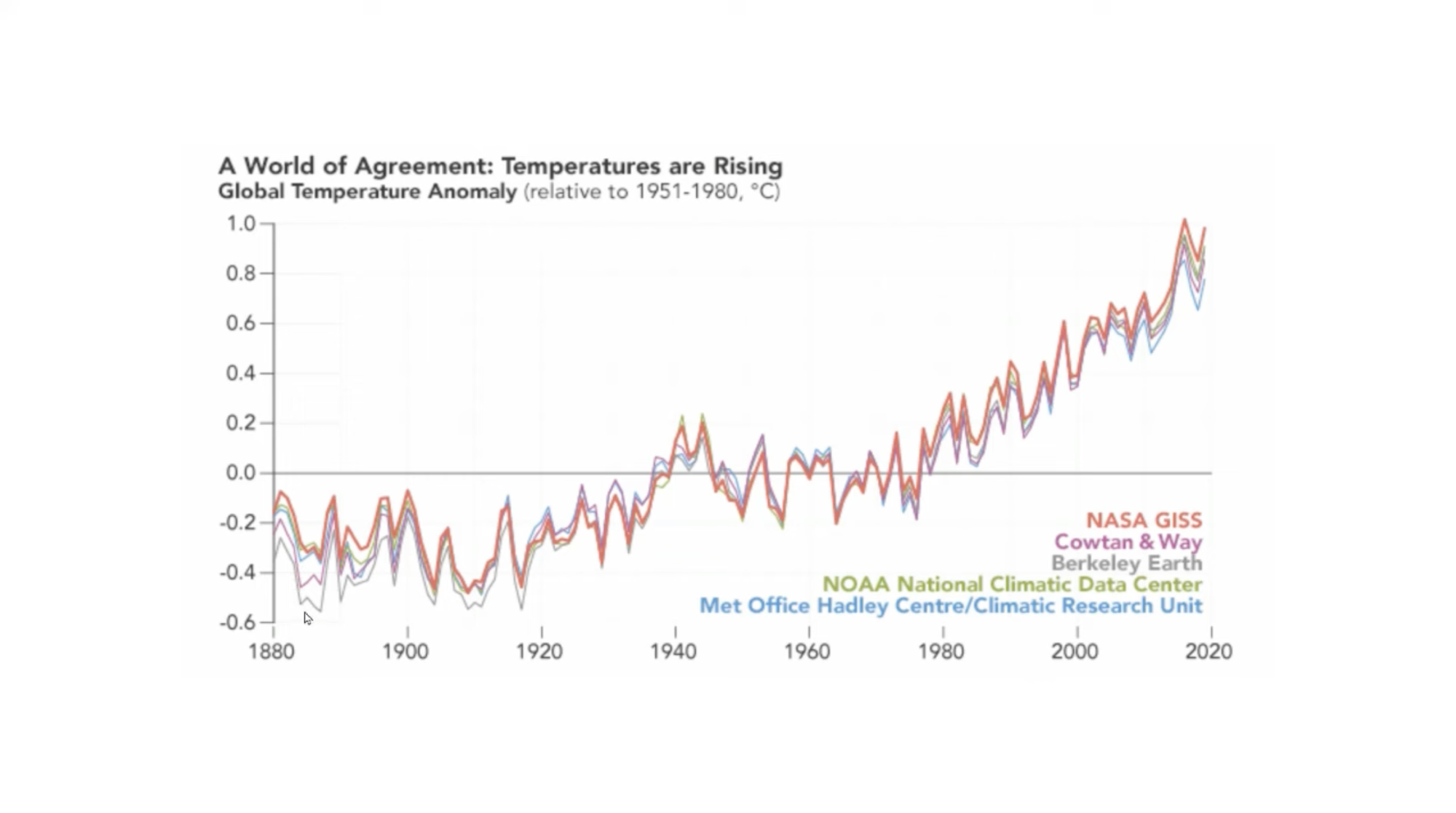
Criticism has also arisen from within NASA itself. Several prominent individuals associated with NASA's Apollo moon program have expressed their discontent with the agency's climate change claims. They argue that the assertions about the catastrophic impact of human-generated carbon dioxide on climate change are unsubstantiated, thus challenging the credibility of NASA's current climate science division.
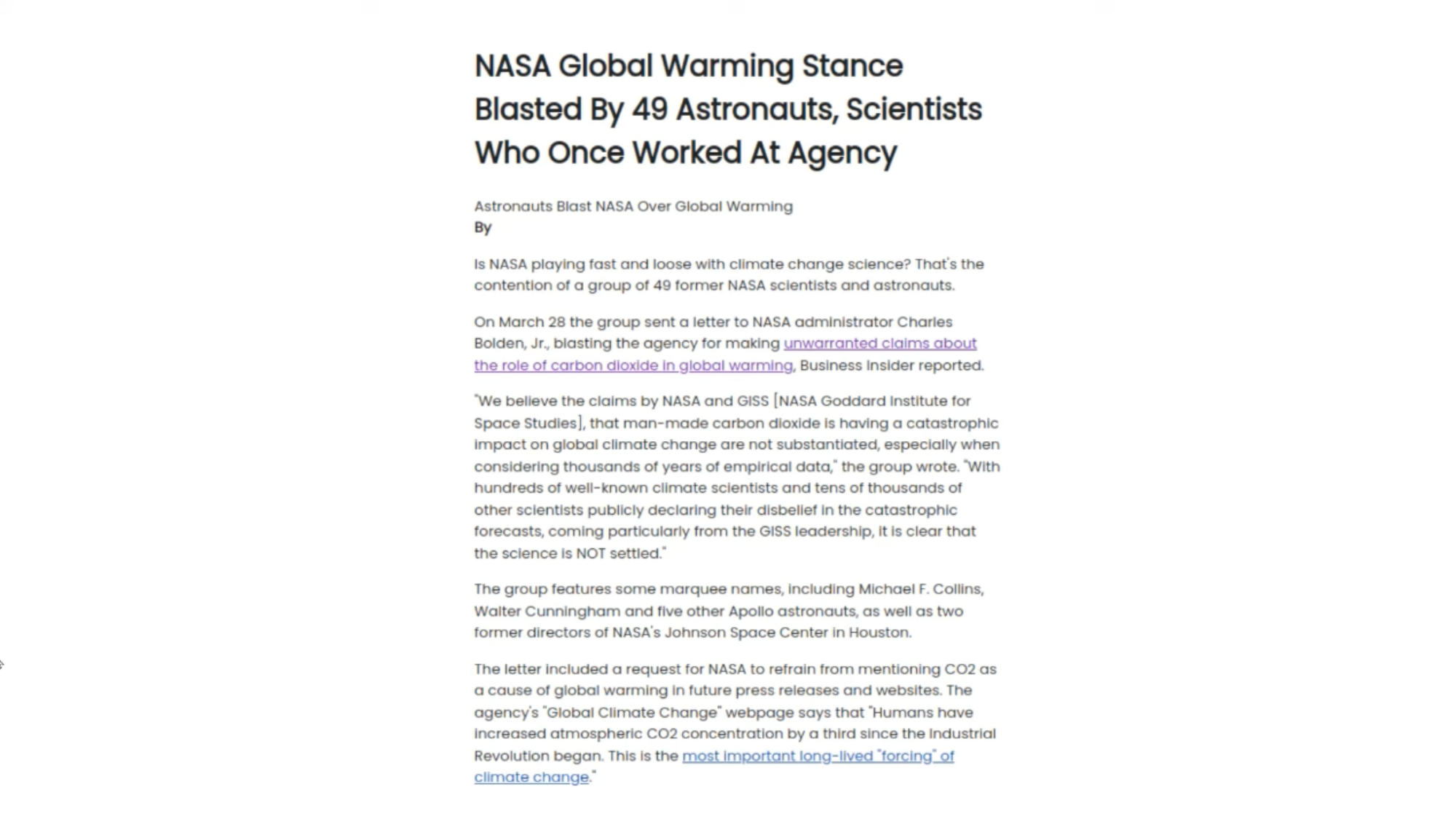
The pursuit of understanding historical global temperatures is fraught with challenges, most notably the paucity of historical temperature data. The reliance on incomplete and regionally isolated data points to construct a global temperature map for the year 1884 raises significant questions about the scientific validity of such representations. The existence of potential collusion among research groups to present a unified narrative despite insufficient data further undermines the reliability of these historical temperature assessments. These concerns resonate with the broader scientific principle that authority should not be blindly trusted at the expense of truth, as articulated by Albert Einstein. The discrepancies and limitations in historical global temperature data underscore the need for a more rigorous and transparent approach to climate science.